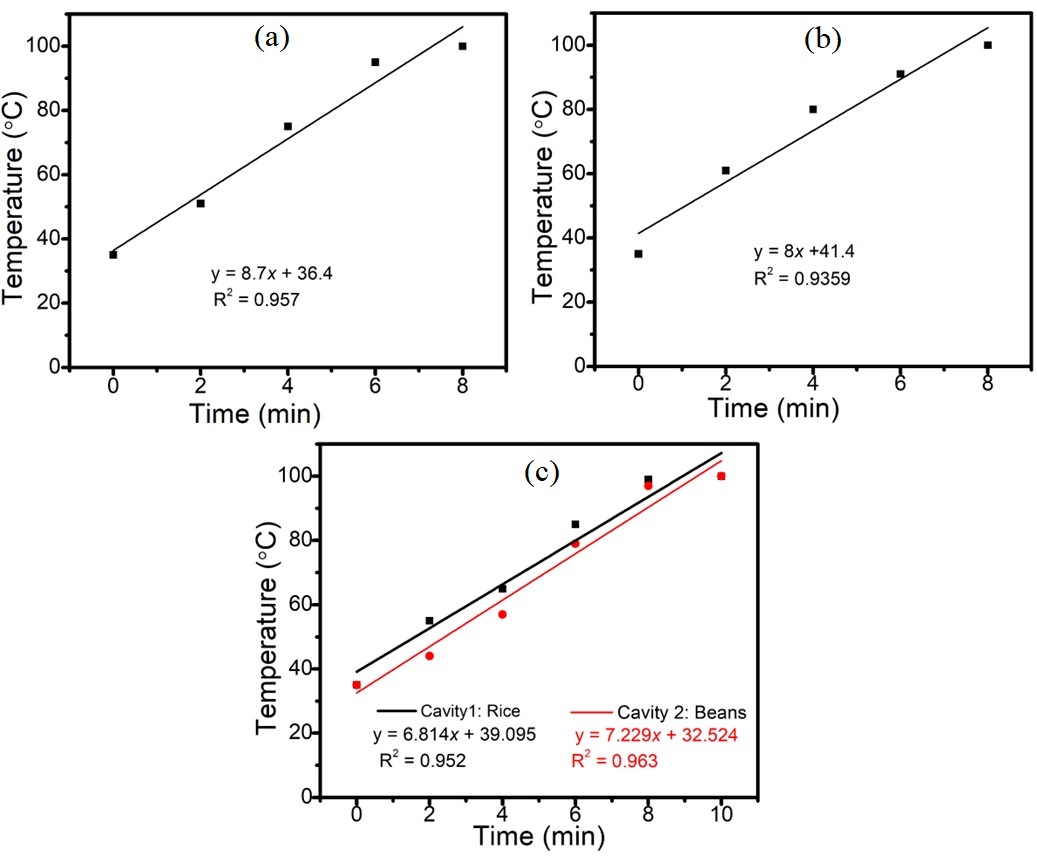Optimisation of Cooking Time for Two Varieties of Foodstuffs using Single- and Double-Cavity Cooking Pots
Keywords:
Cooking pot, Cookware, Double-cavity pot, Aluminum pot, FoodAbstract
The increase in the shortage of firewood due to deforestation, skyrocketing of electricity tariffs and fuel pump prices in recent times have propelled scientists to search for alternative measures of cooking that can reduce electric energy and fuel consumption. Double-cavity cooking pots have emerged in recent times to reduce the prolonged duration arising from the sequential cooking of different foodstuffs/ dishes using a single-cavity pot. However, experimental reports are rarely available to sensitise users about the advantages of using the double-cavity pot. The present work describes a simple and informative experimental report that compares the cooking time for two varieties of foodstuffs (rice and beans) using single- and double-cavity pots. It was found that the average time rate of cooking in the double-cavity pot was 1.33 ◦ C/min less than in the single-cavity pot. The total time taken to concurrently cook equal masses of rice and beans in separate cavities of the double-cavity pot was found to be 9.98 min less than that of the single-cavity pot. The double-cavity pot proved to be economically viable by reducing the cooking time, electric energy, and fuel consumption that arise from the successional cooking of a variety of foodstuffs using the single-cavity pot.

Published
How to Cite
Issue
Section
Copyright (c) 2023 P. R. Jubu, A. Nathan-Abutu, D. A. Otor, V. M. Igba, E. Danladi, T. T. Bem, O. J. Okoh, K. M. Chahrour, N. J. Mkav

This work is licensed under a Creative Commons Attribution 4.0 International License.




